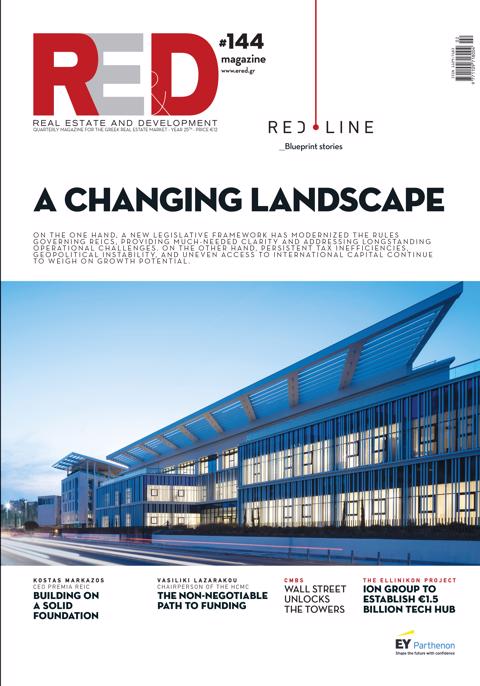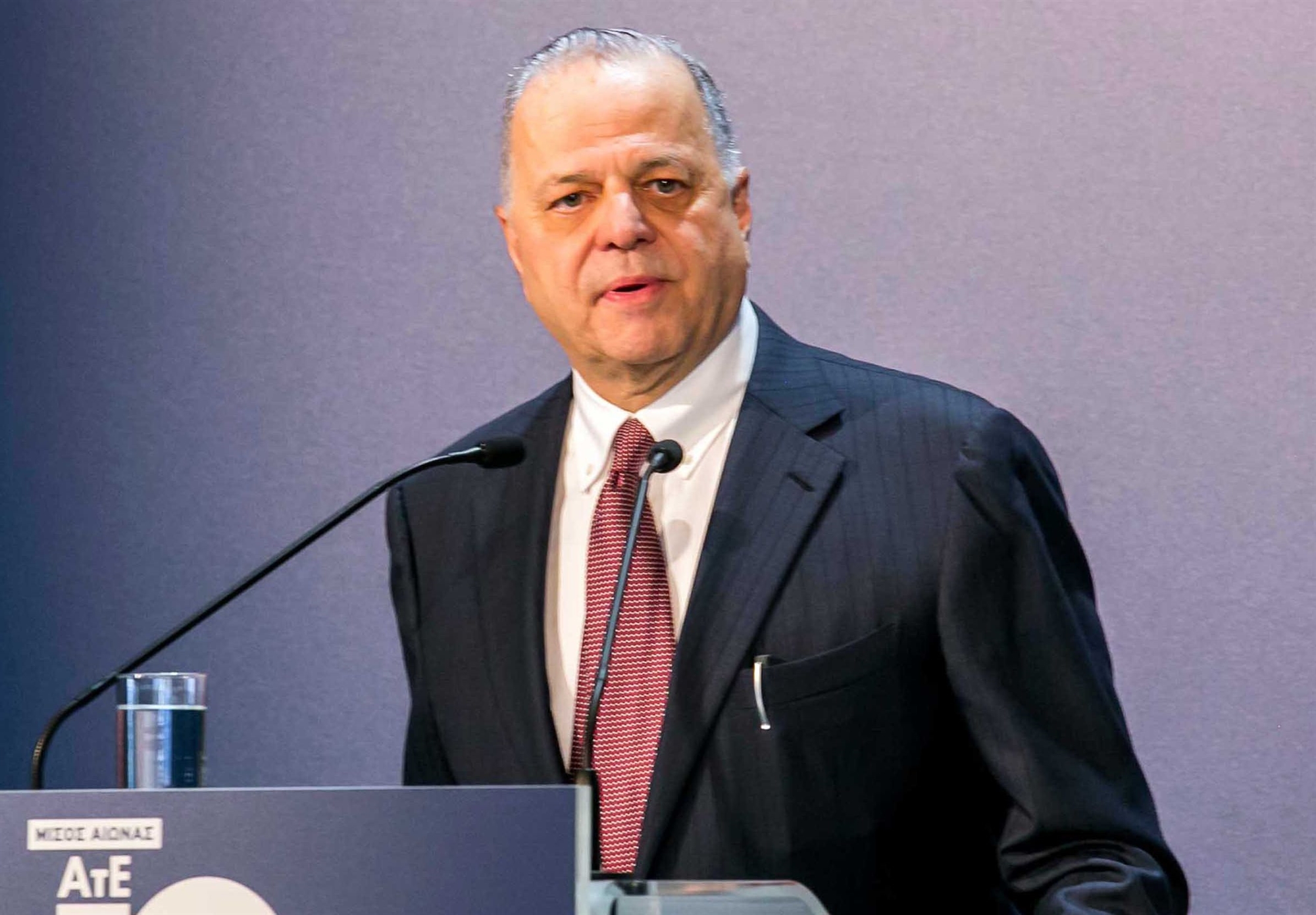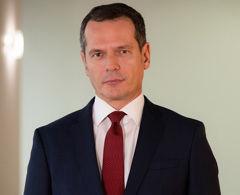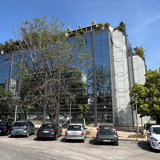In Pelzman’s analysis, it is noted that as early as 2022, the unemployment rate in Gaza was 45%, and 53% of the population lived below the poverty line, compared to approximately 13% of Palestinians in the West Bank. The situation worsened drastically during the ongoing conflict, and according to an estimate by the World Bank in March 2024, around 1.2 million people in Gaza were homeless and living in extreme poverty. Additionally, 62% of the existing buildings had been severely damaged and were uninhabitable, while 90% of the essential infrastructure had also been destroyed.
The proposal by the economic and international relations expert and head of the Center of Excellence for the Study of Middle Eastern and North African Economics (CEESMENA) Professor Pelzman was based on the Build-Operate-Transfer (BOT) model—a method widely used in developing countries.
According to this model, private companies establish investment partnerships with government organizations by acquiring state-owned land through long-term leases from the government, typically lasting 50 to 100 years. During this period, private companies are responsible for constructing and operating the project, while collecting infrastructure usage fees, before transferring ownership back to the public sector. Pelzman emphasizes that Hamas does not have land ownership in Gaza under the 1993 Oslo Accords. This status has remained unchanged even after Israel’s withdrawal from Gaza in 2005.
His plan includes the following key elements:
- Energy would be entirely provided by solar power.
- A light rail system that would traverse Gaza.
- The construction of a port and airport, making Gaza energy-independent from Israel. For housing, the proposal includes the construction of "30-story Chinese-style buildings" in eastern Gaza, while restaurants, hotels, and other luxury amenities would be developed along the western coast. The central zone would be allocated for agriculture and greenhouse cultivation.
Pelzman’s plan estimates that "the cost of large-scale reconstruction in Gaza will range from 1 to 2 trillion dollars, with a completion timeframe of 5 to 10 years."
Control of the state by foreign stakeholders
Furthermore, Pelzman proposes that Gaza adopts an "electronic government," utilizing technology for governance. Specifically, "financial transactions between residents and businesses would be conducted entirely through an online exchange network," thereby eliminating the need for cash, credit cards, or foreign aid.
He also suggests an educational system focused on deradicalization, to be managed by experts appointed by foreign stakeholders, ensuring the development of a skilled workforce. The curriculum is recommended to follow educational models from the UAE or Saudi Arabia, from kindergarten through university, based on their recent reforms, grounded in Sunni and Sufi Islamic teachings.
Security would also need to be managed by these "partners" who would have a shared interest in permanently demilitarizing Gaza.















